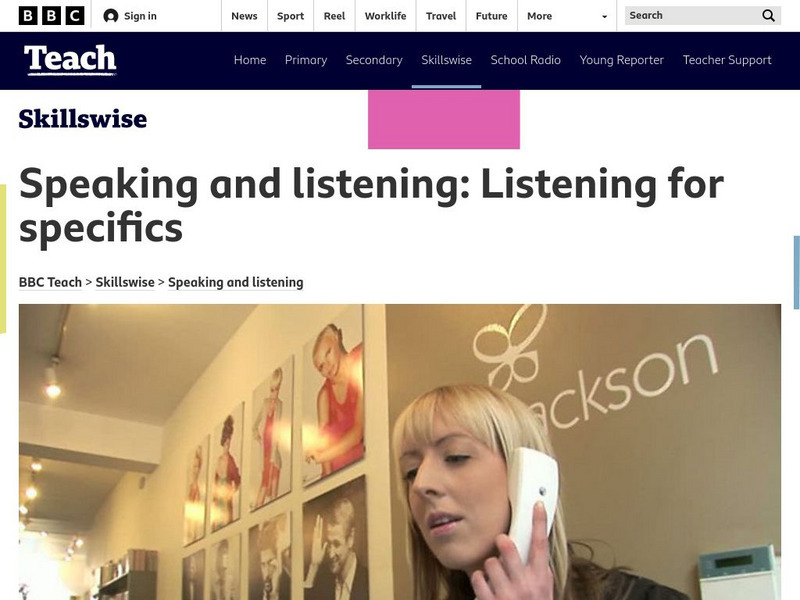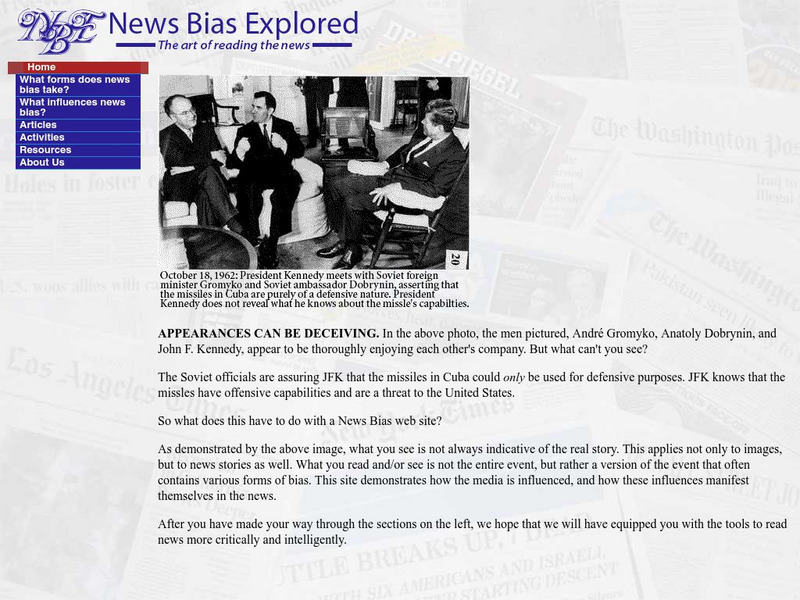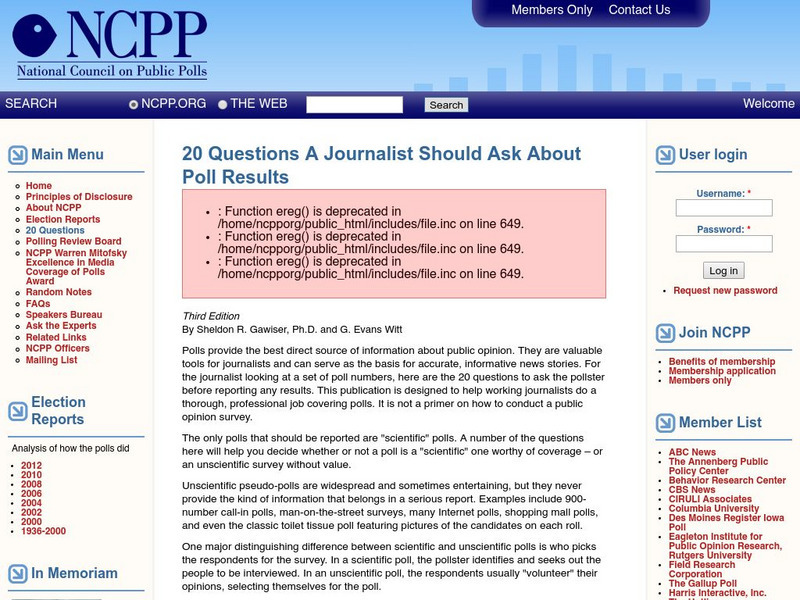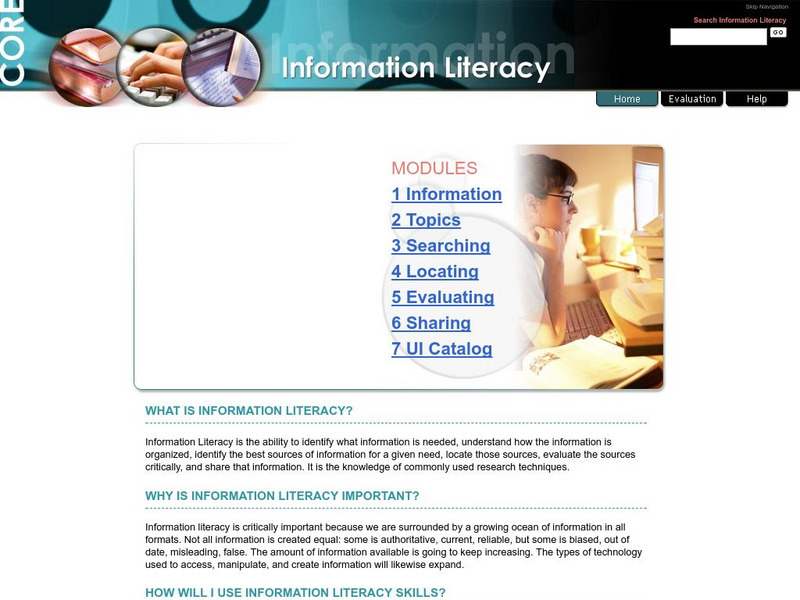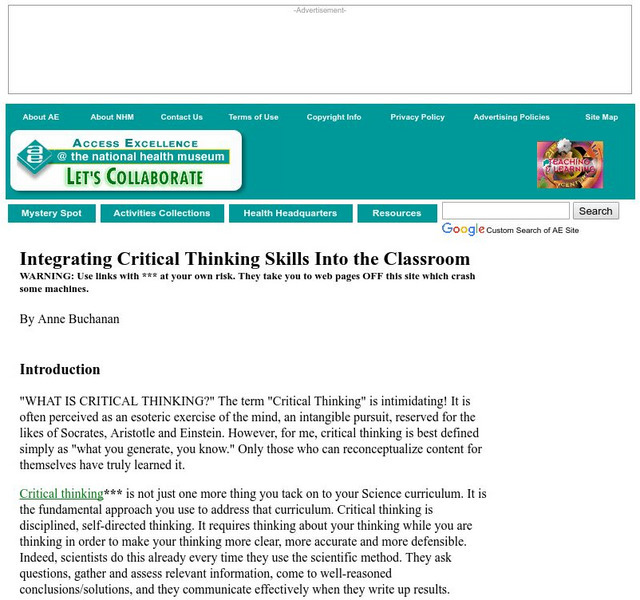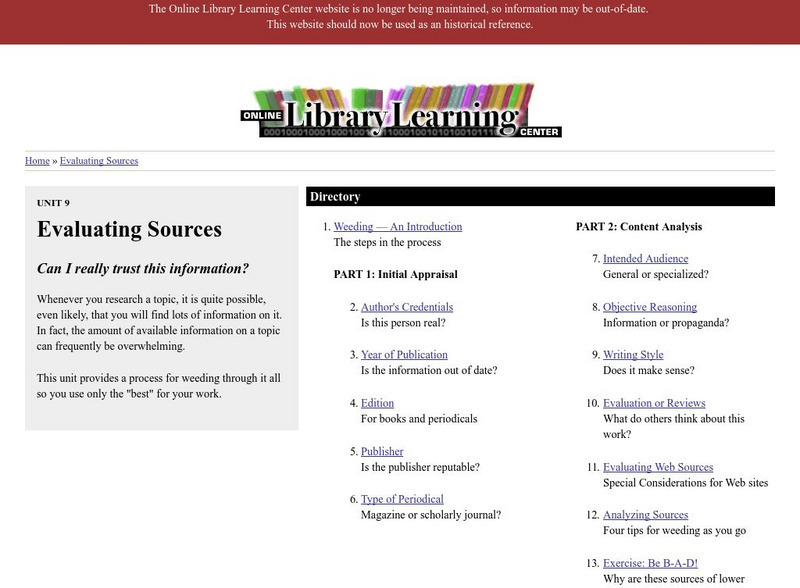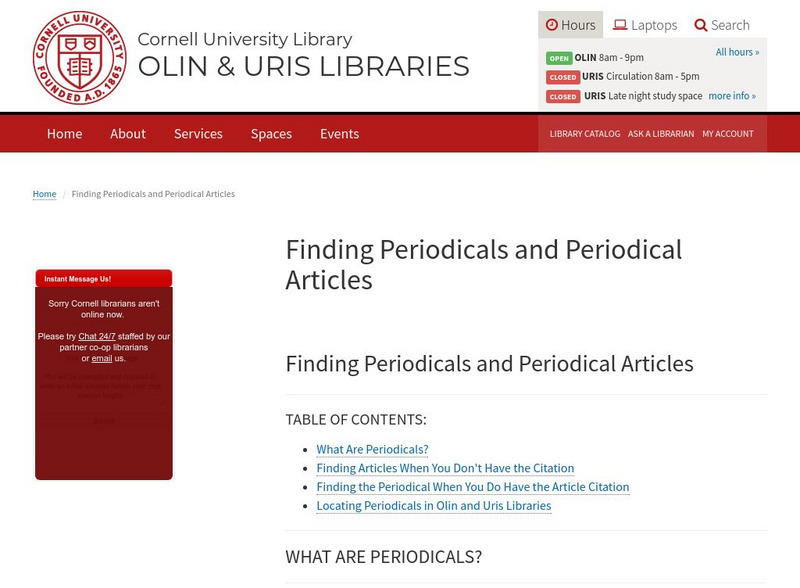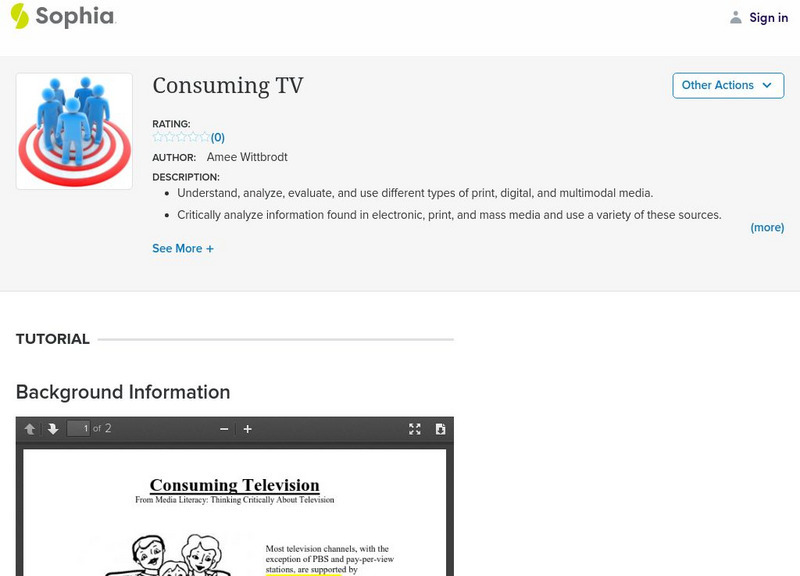BBC
Bbc Skillswise: Listening for Specific Information
This tutorial presents a video, factsheets, and worksheets for learning how to listen for and understand information. It looks at how to handle different situations, e.g., arranging a delivery, asking questions about a product before...
PBS
Pbs Learning Media: News and Media Literacy
This collection, which includes videos, blog articles, student handouts, lesson plans, and tip sheets for families, helps students identify, analyze, and investigate the news and information they get from online sources. Media literacy...
PBS
Pbs Learning Media: Why Is Fake News So Effective?
This lesson frames the controversial issues of fake news and trust in the media with the historical context of yellow journalism and sensationalist reporting. Students learn strategies for improving their media literacy and will be able...
PBS
Pbs Learning Media: News and Media Literacy Collection
This collection, which includes videos, blog articles, student handouts, lesson plans, and tip sheets for families, helps students identify, analyze, and investigate the news and information they get from online sources. Media literacy...
Arizona State University
Arizona State U.: Research Success for High School Students: Evaluating Sources
A collection of resources for evaluating sources. Topics covered include knowing your sources, assessing whether a source is scholarly, the CRAAP Test (includes chart, worksheet, and website evaluation sheet), and how to identify fake news.
University of California
University of Cal: Critical Thinking in an Online World
This article discusses why and how to encourage the development of critical thinking skills for students conducting research on the Web. The author even presents an overview of a project that you could adapt to your class.
University of Michigan
News Bias Explored: The Art of Reading the News
Real-life examples, interactive headline and image games and brief explanations make this an attractive site for learning to recognize media bias.
Lumen Learning
Lumen: Boundless Communications: Credibility Appeals
In this Boundless Communication, students will learn about the importance of credibility in public speaking. There are four sections: defining credibility, types and elements of credibility, building credibility, and ethical usage....
Other
Ncpp: 20 Questions a Journalist Should Ask About Poll Results
The NCPP site asks 20 questions journalists should consider when using poll information. Click on each question to get a discussion of the answer. A click on a sidebar gives analysis of polls from elections from 1936 to present.
Other
Web Treasure Hunt: 10 Quest. To Test Newsroom Literacy
This is a great exercise for critical thinking, problem solving and sharpening web search skills. Plenty of explanation accompanies the answers.
Other
Ic You See: T Is for Thinking: Guide to Critical Thinking
This clearly presented tutorial can be used by individuals or could be presented to a class. Be sure to take the interactive quiz for some thought-provoking exercises.
Other
University of Idaho: Information Literacy
This learning module focuses on Information Literacy including internet basics, locating, evaluating, sharing, and documenting information.
ReadWriteThink
Read Write Think: Hoax/no Hoax? Online Comprehension and Evaluation Strategies
Students use research-based comprehension strategies to read and evaluate websites, and practice analysis by comparing hoax and real websites and by identifying false or misleading information. SL.11-12.2 Eval&Integrate sources
National Health Museum
Access Excellence: Integrating Critical Thinking Skills
This site from Access Excellence explores how, as an educator, you can incorporate critical thinking skills into the classroom. Content focuses on how to cover content so that students can grasp information, engage with the teacher, read...
Other
Online Library Learning Center: Evaluating Sources
Use this "Weed and feed," approach to get only the best resources for your research project.
Johns Hopkins University
Johns Hopkins University Sheridan Libraries: Information and Its Counterfeits
Distinguishing information from propaganda, biased reporting and misinformation is an important skill. This short article defines each of these, and provides examples of each.
Other
Flickr: Critical Thinking Skills Poster
A downloadable critical thinking skills poster based on the original six levels of Bloom's taxonomy.
Cornell University
Cornell University: Finding Periodicals and Periodical Articles
This resource offers a good look at periodicals as a source of information, and offers help for finding articles in a variety of situations.
Sophia Learning
Sophia: Consuming Tv
In this tutorial, students will read about the viewing of television in American households through the reading of a passage and the viewing of a video segment. Students will then engage in answering basic comprehension questions,...
Sophia Learning
Sophia: How to Choose Credible Sources
This tutorial focuses on choosing credible sources for a research project. It offers two versions of a slideshow: a non-audio slideshow and an audio slideshow which explains the information as it is shown. They each define terms, offer...
Sophia Learning
Sophia: Judging and Reacting: Tutorial
In this slideshow tutorial, students will review the critical reading techniques of making judgments and forming reactions about what they read. Explanations are given about drawing conclusions, responding to literature, and making...
Sophia Learning
Sophia: Note Taking: Word Selection
A screencast lesson [8:35] explaining how to determine which information is necessary and relevant when taking notes.
Sophia Learning
Sophia: Bias
Notes introducing bias and demonstrating how to identify slight, moderate, and strong bias in a text. Notes can be both read and listened to.
Other
Critical Thinking: Basic Questions & Answers
An interesting interview with Richard Paul discussing what critical thinking means. There are many insights as to what critical thinking involves and how it should be used in the classroom.
